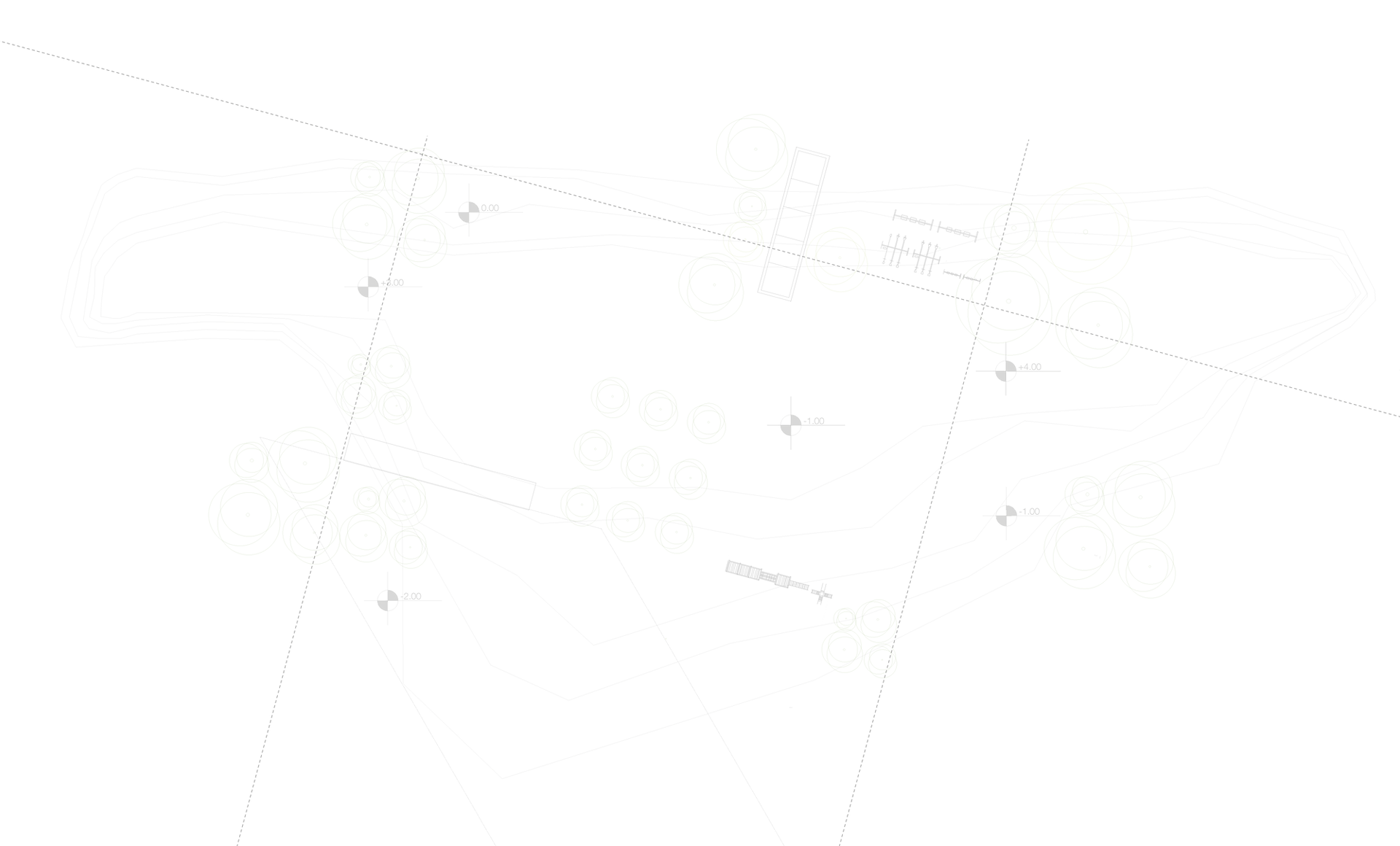
New Urbanist Blacksburg
by Max Rooke & Lonnie Hamilton III
Heritage Park Accessibility
Priority: Moderate | Cost: Low | Implementation: Short
Heritage Park is located on Glade Road and is the largest public natural area in Blacksburg. On the north side of the park, it joins the Poverty Creek trail system, allowing hikers and mountain bikers to access Pandapas Pond on the other side of Brush Mountain. On the southwest side, the park is accessible by the Huckleberry Trail extension, which leads to Hethwood. However, the area lacks pedestrian access from most of Blacksburg, with much of Glade Road lacking a bike lane or sidewalk, and there is no option for public transportation. Because of this, much of Virginia Tech and many Blacksburg residents must rely on private automobiles to access large expanses of nature.
In the comprehensive plan, Glade Road is listed as the ninth priority for transportation improvements. These improvements will include bicycle routes, a walking trail, and sidewalks, and are currently unfunded and in need of an estimated $1.7 million (Town of Blacksburg, 2016).

Source: Town of Blacksburg

Photo from The Outbound, by Adam Mustafa

Source: King County

Source: Town of Blacksburg
Not only should this be funded as part of Green New Deal grants, it should be expanded to include a public transportation route to further increase equitable access to nature and decrease reliance on personal automobiles. In Seattle, the Trailhead Direct shuttle service provides equitable access to public land for those without automobiles, and allows an alternative transportation option with a lower carbon footprint. Notably, the Trailhead Direct shuttle is most often ridden by those with limited incomes, seniors, and people with disabilities, who would not otherwise be able to enjoy the benefits of public land (The Wilderness Society, 2019).
Alongside improvements to Glade Road to allow for active transportation options, a limited-service nature shuttle should be added to lessen reliance on automobiles and allow more equitable access to Heritage Park and the Ellett Valley Nature Park. This shuttle should leave from the Squires bus hub to better serve the greater community, since the Two Town Trolley and other busses servicing less student-centered areas of town connect through the Squires hub. Ultimately, this improvement would satisfy the Blacksburg Comprehensive Plan for parks and recreation’s goal PR.3: “Create an interconnected regional and local system of trails and walkways. Ensure that recreational facilities and programs are easily accessible by the Blacksburg Transit system, sidewalks, bike lanes, greenways and other pedestrian links” (Town of Blacksburg, 2016). It would also strive towards the Green New Deal’s objective of equitable access to nature with less reliance on private automobiles.
A long-term goal for Blacksburg parks would be to continue linking the public land not currently accessible by pedestrians or bicyclists. These properties include the Ellett Valley Nature Area, Ellet Springs lot (undeveloped), and the Park at South Point (Town of Blacksburg, 2016). The first priority for these lots would be to improve the roads they are located on to have sidewalks and bike lanes, which would likely fall under the Complete Streets program and receive adequate funding as part of the Green New Deal. Ultimately, linking parks along the outskirts of town limits with a greenway would be ideal. Not only would this increase park connectivity and decrease reliance on automobiles, it would also be able to serve as a conservation corridor to benefit the local ecosystem through habitat preservation (Ahern, 1995). Ideally, this greenway would link the Ellett Valley Nature Park to the Ellet Springs lot and on to Cedar Hill Park. The greenway would then disintegrate into the downtown area, which is well connected by sidewalks and bike lanes, before picking up again to connect the Mt. Tabor Park lot, Primrose Lane Park, Northside Park, Deerfield, and Gateway Park. Ultimately, this would be accomplished by purchasing easements with Green New Deal funding, and would further promote park connectivity as expressed in the Blacksburg Comprehensive Plan.